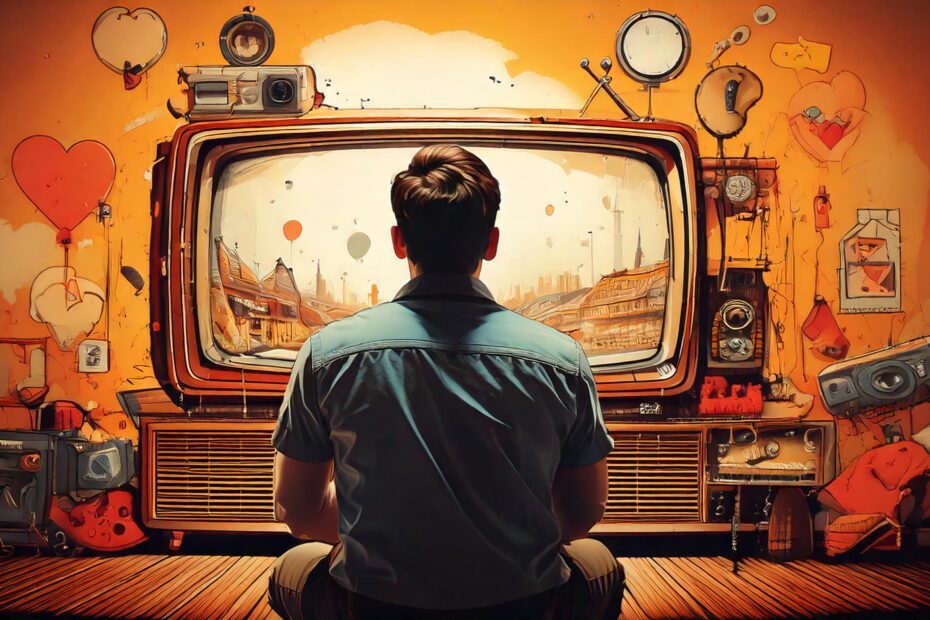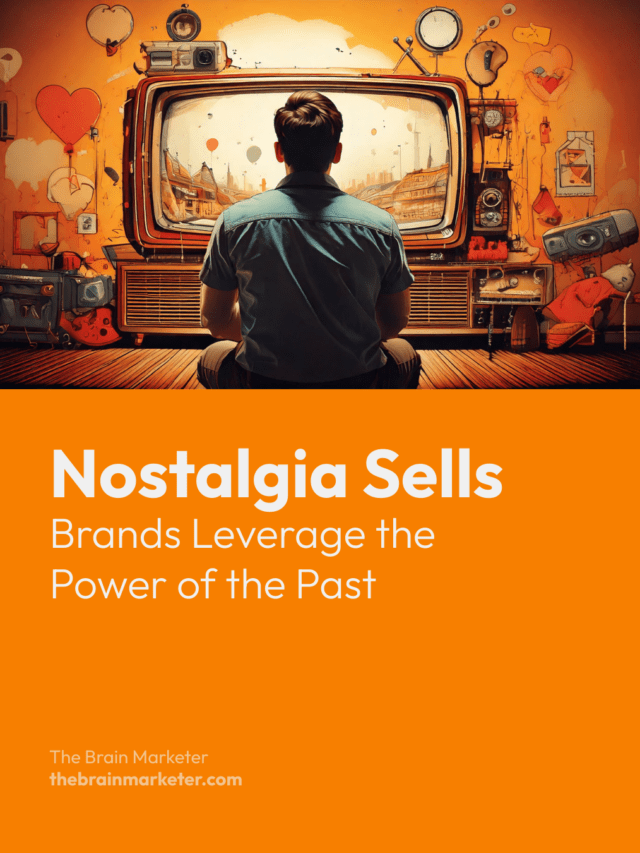Why are consumers so drawn to products that remind them of the past? Nostalgia is one of the most powerful emotional triggers in marketing. It reconnects people with personal and cultural memories, evoking feelings of safety, joy, and authenticity. In an age of uncertainty and overstimulation, nostalgic campaigns stand out by offering familiarity and emotional resonance.
This article explores how nostalgia influences consumer behavior and how brands can strategically activate real, simulated, and collective nostalgia to build deeper emotional engagement.
Key Takeaways
- Nostalgia creates emotional connections by linking products to personal or cultural memory.
- It meets psychological needs for comfort, identity, and stability.
- There are three key types of nostalgia:
- Real nostalgia: tied to direct past experiences.
- Simulated nostalgia: based on second-hand or imagined memory.
- Collective nostalgia: shaped by shared generational culture.
- Successful campaigns use retro design, product revival, cultural icons, and emotional storytelling.
- Nostalgia boosts brand recall, emotional equity, and consumer loyalty.
🎙️ Unpack the Topic with this Podcast
Bringing the Past to Life
In marketing, the phrase “what’s old is new again” rings especially true. Brands increasingly revisit the past to build emotional bridges with their audiences. Nostalgic campaigns don’t just entertain—they trigger experiences that make people feel like they’re reliving simpler, safer times.
Example: Haribo’s iconic slogan, “Haribo, life is beautiful for the young and the old”, perfectly captures this cross-generational appeal. It taps into childhood memories for adults while remaining relevant to children. With a 90% advertising presence and a 36% consumer preference score, Haribo has built long-term brand loyalty through nostalgia.
From Psychological Disorder to Marketing Strategy
Originally coined in the 17th century to describe homesickness, nostalgia was once viewed as a psychological disorder. Today, it’s recognized as a coping mechanism—a response to the stress and fragmentation of modern life.
Neurologically, it activates the brain’s visualization system, allowing people to relive meaningful past experiences. When connected to a product or brand, these memories become emotionally charged symbols, reinforcing trust and attachment.
The Three Types of Nostalgia in Marketing
1. Real Nostalgia: Personal Experience
Real nostalgia comes from direct, first-hand experiences with a product or cultural moment. It activates memories that are unique, vivid, and emotionally resonant.
Example: A consumer who grew up playing Super Nintendo may feel a deep emotional connection to the re-release of the NES Classic.
Marketing Strategy: Reintroduce legacy products, vintage packaging, or discontinued formats to reignite memories and strengthen brand ties.
2. Simulated Nostalgia: Emotional Inheritance
Simulated nostalgia arises when people feel nostalgic for a time they never personally lived through. It’s often shaped by second-hand memories, stories, or pop culture.
Example: A Gen Z consumer may feel nostalgic when drinking from a retro Coca-Cola glass bottle styled after the 1950s, despite never having lived in that era.
Marketing Strategy: Use retro aesthetics, cultural references, and iconic design cues to create emotional resonance with younger consumers.
3. Collective Nostalgia: Shared Cultural Memories
Collective nostalgia taps into the shared experiences of a generation—fashion, music, or social movements that define an era. It strengthens a sense of identity and belonging.
Example: The resurgence of 90s fashion trends (like bucket hats and bold logos) evokes shared memories, even for those who experienced them only peripherally.
Marketing Strategy: Build campaigns around decade-based themes, cultural icons, and familiar symbols that spark community and belonging.
Why Nostalgia Drives Consumer Behavior
Nostalgia satisfies essential emotional needs: security, continuity, and connection. It helps consumers cope with choice overload and uncertainty by guiding them toward what feels safe and familiar.
Cognitively, it stimulates episodic memory and the brain’s emotional centers, increasing the perceived value and trustworthiness of a product. This strengthens brand preference and raises purchase likelihood.
Conclusion: From Memory to Purchase
Nostalgia is more than a storytelling tool—it’s a strategic asset that shapes perception and behavior. Whether rooted in real, imagined, or collective memory, nostalgic campaigns help brands form lasting emotional connections.
To use it effectively, brands should:
- Draw on personal and cultural memory.
- Use authentic visual and emotional cues.
- Respect the consumer’s experience—never force sentimentality.
In the end, consumers don’t just buy products. They buy memories that matter.
References
- Holak, S. L., & Havlena, W. J. (1998). Feelings, fantasies, and memories: An examination of the emotional components of nostalgia. Journal of Business Research, 42(3), 217–226.
- Wildschut, T., Sedikides, C., Arndt, J., & Routledge, C. (2006). Nostalgia: Content, triggers, functions. Journal of Personality and Social Psychology, 91(5), 975–993.
- Merchant, A., Ford, J. B., & Rose, G. (2011). How personal nostalgia influences brand attachment. Journal of Advertising, 40(1), 35–45.

Vincent Heimann is a marketing project manager and neuromarketing enthusiast. He founded The Brain Marketer to bridge neuroscience and marketing through accessible, science-based content. With over 10 years of experience in digital strategy, UX/UI and communication, he shares practical insights to help brands connect with the human brain — ethically and effectively

